At Digital Edge, our founding team share an ambition to raise the standard of digital infrastructure across Asia Pacific, which is why we continuously invest in innovative new technologies that enhance the quality and sustainability of data centers, future-proofing the region’s colocation industry.
As the volume of business-critical data and applications hosted in data centers rapidly increases, redundancy is of paramount importance for both operators and end users. To ensure business continuity, data centers today rely on a complex system of lithium-ion batteries or lead acid batteries powering backup generators and Uninterruptible Power Supplies (UPS), to guarantee uptime in the event of grid power failure.
These traditional battery technologies come with a number of operational challenges, including the need for regular replacement, long charging times, and a high susceptibility to thermal runaway, potentially resulting in fire, as reported by the Uptime Institute. Meanwhile power-hungry AI and hyperscale deployments are casting greater scrutiny on the importance of energy efficiency and the overall decarbonization of data center operations. Against this backdrop, we at Digital Edge sought to develop a reliable and sustainable alternative for data center redundancy.
Introducing the Hybrid Super Capacitor (HSC)
To this end, we partnered with Donghwa ES, a South Korean based energy storage company, to develop the Hybrid Super Capacitor (HSC) – a next generation energy storage system that sets new standards for redundancy and safety, and which we believe has the potential to revolutionize data center ancillary power generation. The partnership leverages Digital Edge’s long-standing experience in data center design, construction and operations, together with Donghwa’s energy storage system engineering and design expertise.
The HSC technology offers significant advantages including, a capability of 100,000+ discharge/charge cycles, minimal maintenance needs, a significantly wider operating temperature range, the ability to recharge in minutes instead of hours, and a 2.5 times longer service life. After initial testing of the HSC at one of our Digital Edge facilities proved successful, we now plan to deploy this groundbreaking technology for certain non-critical loads in our upcoming new build data center projects, with a view to potentially deploying the HSC for critical loads in the longer term.
What is a Super Capacitor?
Before we get into the details of the HSC, let’s review what a super capacitor is and how it differs from a battery? In short, capacitors and batteries can both store electrical power and then release it at the time when power is needed. The major difference is that capacitors store power as electrostatic fields, while batteries use chemical reactions to store and release power.
Compared to regular capacitors, super capacitors can store much larger electric fields, and use both electrostatic and electrochemical storage principles to hold electric charge. While offering the same general characteristics as capacitors, they provide many times the energy storage and energy delivery.
What makes the HSC technology different? Efficient, Fireproof and Sustainable Technology to support AI Workloads.
Firstly, it significantly benefits operators thanks to reduced maintenance requirements. As for the technical part, the HSC uses a hybrid energy storage method, combining activated carbon from an electric double layer capacitor, with carbon from a lithium-ion battery, reducing the deterioration of the negative electrode compared to other technologies. In short, this enables the HSC to operate for 15 years, or about 2.5 times longer than traditional batteries, resulting in a significantly lower Total Cost of Ownership to operators.
For customers, the HSC offers reliability and reassurance. The HSC has a high power density (or C-rate*), meaning it can be recharged in a much shorter time frame, making it ideal to provide service continuity in the event of consecutive power outages within a data center. Crucially, the HSC cathode uses activated carbon with a double-layer mechanism, instead of the metal oxide used in other batteries. This means the exothermic reactions that may result in thermal runway do not occur within the HSC. In other words, the risk of fire is largely removed, offering further reassurance to data center end users.
Finally, the HSC technology has the potential to support the decarbonization of the data center industry. As demand for higher power density deployments increases, fueled by the rapid rise of AI and cloud computing, the data center industry is searching for new cooling solutions that meet these demands while maintaining optimal energy efficiency. As a result, there is a gradual move to incrementally increase operating temperatures as part of the industry’s wider ESG efforts. As the HSC is designed to withstand much higher temperatures (up to 65°C) than traditional batteries, it doesn’t need to be cooled and is therefore well placed to support this green evolution.
While the HSC is still a nascent technology, we are excited by its potential to enhance the safety and reliability of data centers, while supporting our environmental commitments. If you would like to know more about the new Hybrid Super Capacitor technology, feel free to reach out to our team on info@digitaledgedc.com.
*C-rate is a unit of measurement used to describe the rate at which a battery is charged or discharged relative to its capacity.

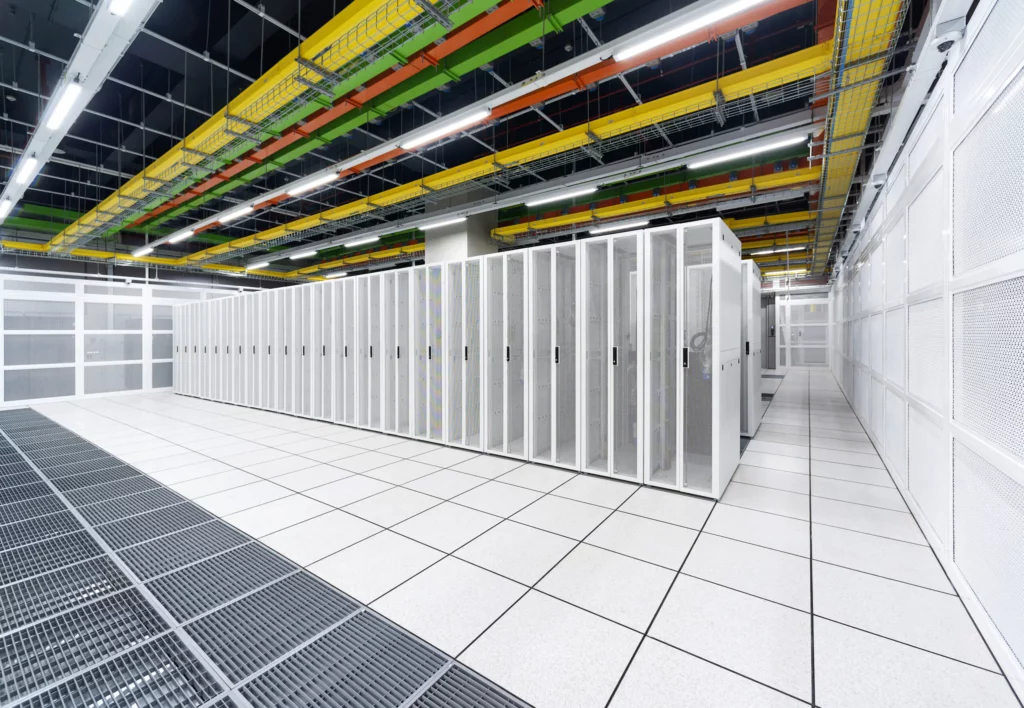
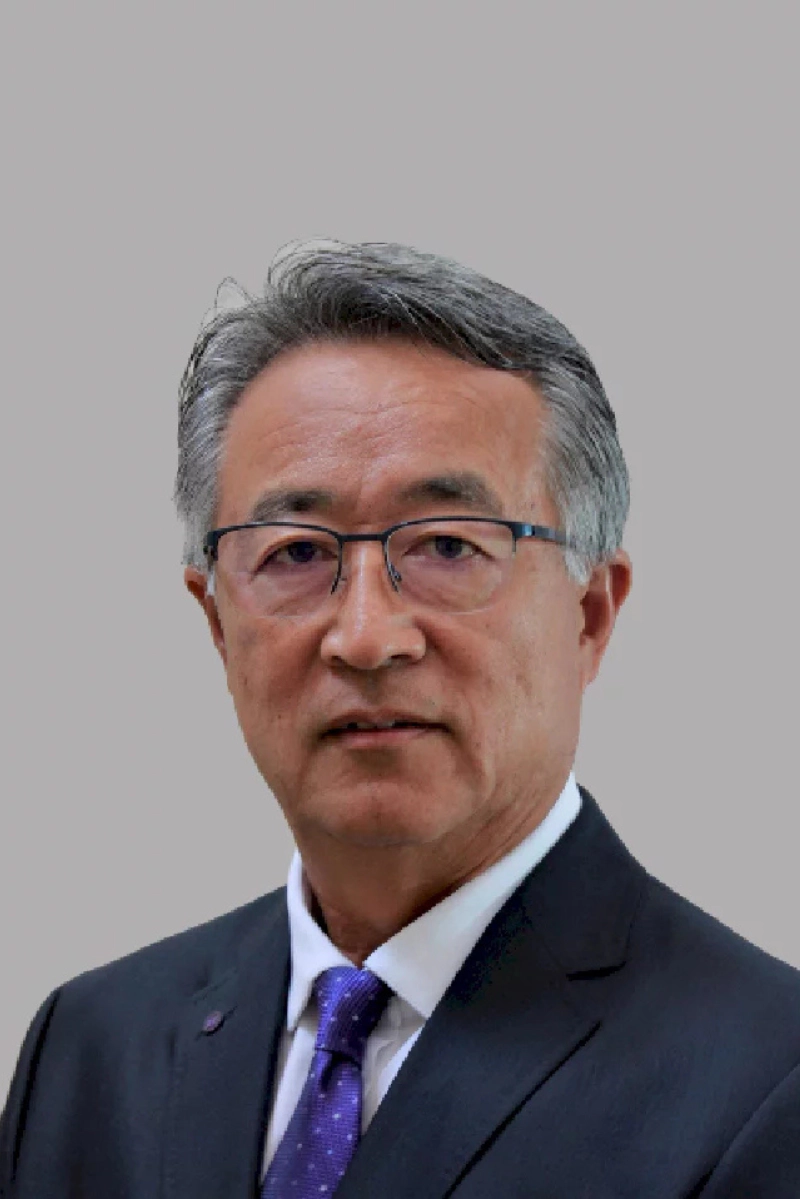
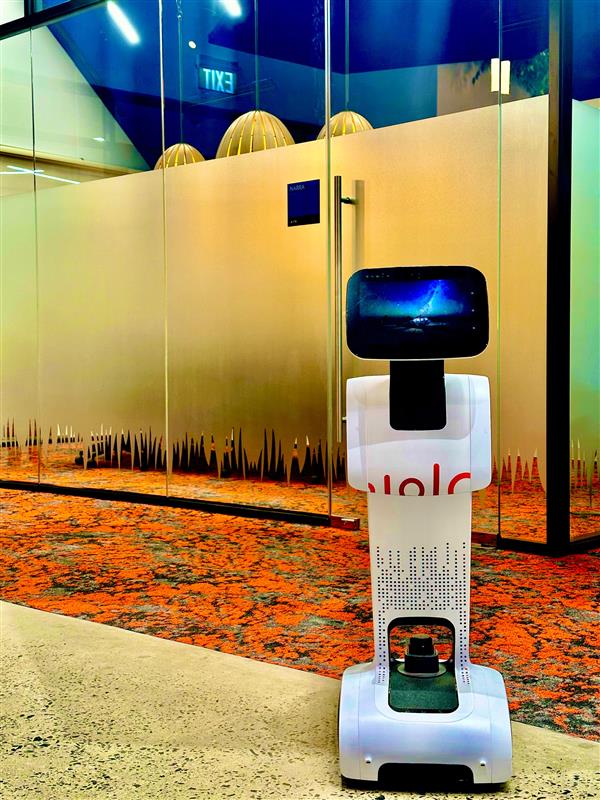

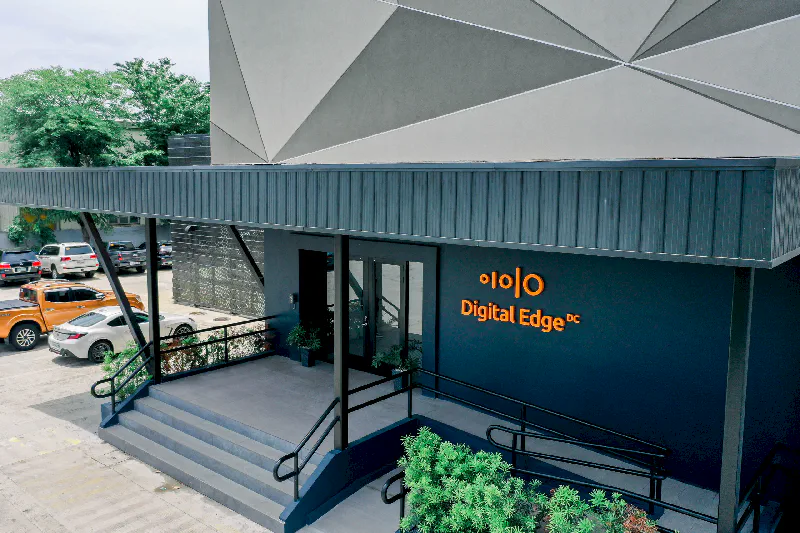
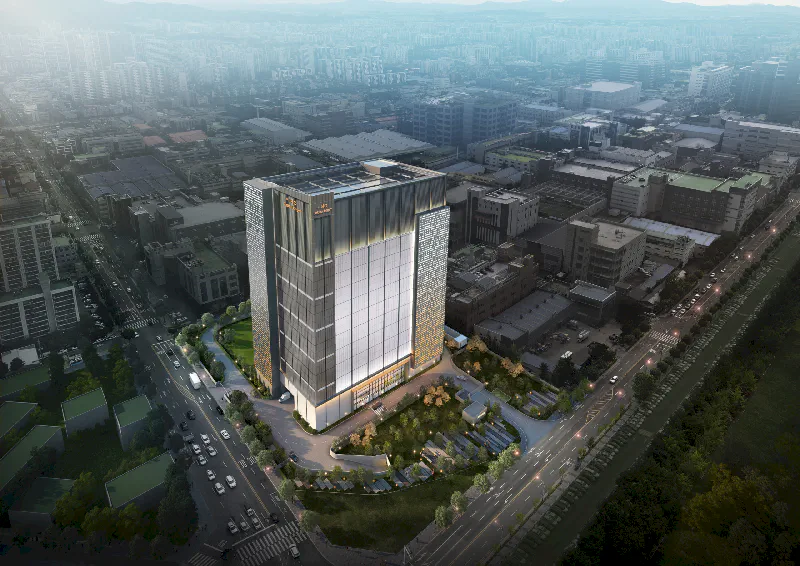
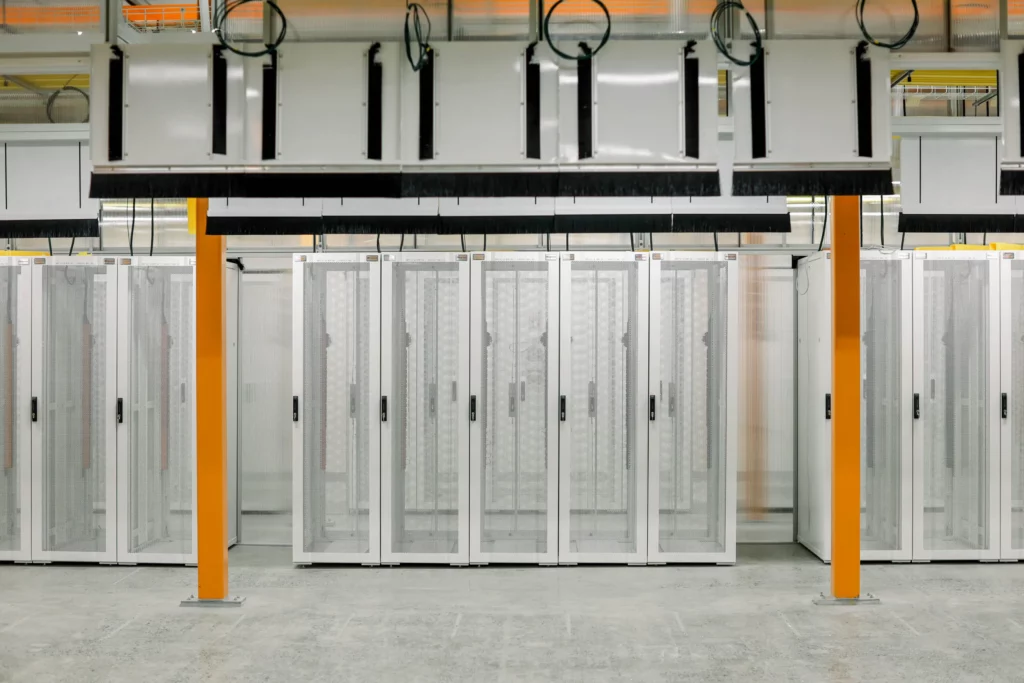
 logo are trademarks of Digital Edge (Hong Kong) Limited, registered in the U.S. and other regions and countries.
logo are trademarks of Digital Edge (Hong Kong) Limited, registered in the U.S. and other regions and countries.